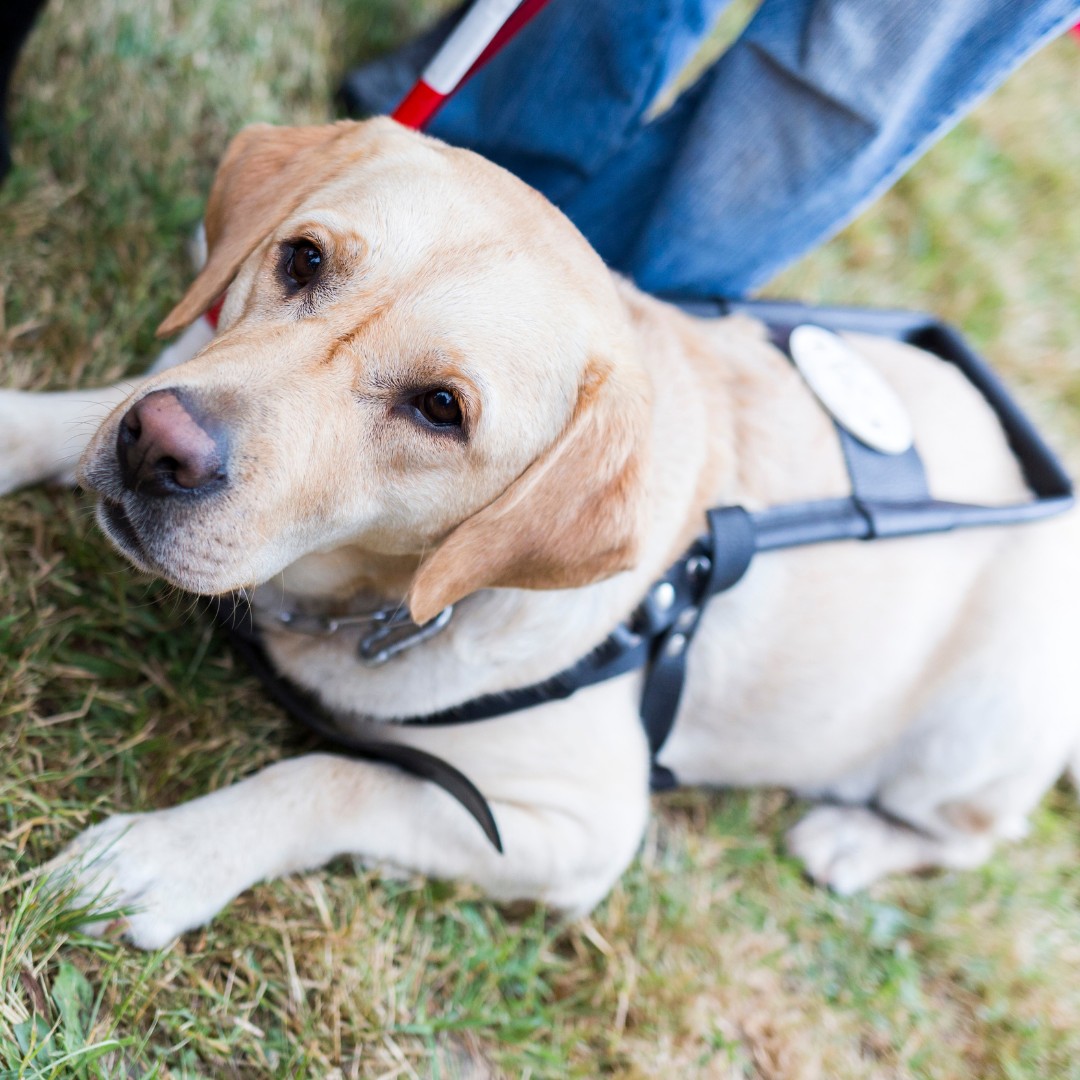Guide dogs offer invaluable support to individuals who are blind or visually impaired, acting as their eyes and enabling them to navigate the world with greater independence and confidence. Understanding the training process of these remarkable animals is crucial to appreciating their capabilities. A common question is: When Do Guide Dogs Start Training? This article delves into the details of guide dog training, exploring the timeline from puppyhood to becoming a fully-fledged working dog.
The journey of a guide dog is a long and dedicated one, beginning in puppyhood and continuing through intensive formal training. The process involves careful breeding, dedicated puppy raisers, and experienced trainers to ensure that the dogs are well-prepared for their important role.
Puppyhood and Early Socialization (8-10 Weeks)
Most guide dog organizations have breeding programs to cultivate specific traits desirable in guide dogs, such as intelligence, adaptability, and a strong willingness to please. Puppies are typically born on the training school’s campus. At around 8 to 10 weeks of age, the puppies are placed with volunteer puppy raisers.
This early stage is critical for socialization. The puppies need to be exposed to a wide variety of environments, people, and sounds. Puppy raisers play a crucial role in helping the young dogs develop into confident and well-behaved companions.
The Role of Puppy Raisers
Puppy raisers are responsible for providing a loving and stable home environment. They teach the puppies basic obedience commands, good manners, and house training. The puppies accompany their raisers on everyday activities, such as going to the grocery store, riding public transportation, and visiting parks. This exposure helps them become accustomed to the sights, sounds, and smells of the world they will eventually navigate as working dogs.
Formal Guide Dog Training (14-18 Months)
After spending approximately 14 to 18 months with their puppy raisers, the young dogs return to the guide dog training school to begin their formal training. This phase is more intensive and focused on the specific skills required for guiding a visually impaired person.
During formal training, the dogs learn to:
- Navigate obstacles: Guide dogs are taught to safely guide their handlers around obstacles, both on the ground and overhead.
- Alert to elevation changes: They learn to alert their handlers to changes in elevation, such as steps and curbs.
- Intelligent Disobedience: A crucial aspect of their training is “intelligent disobedience.” This means that if a handler gives a command that would put them in danger, the dog is trained to disobey the command.
- Locate objects: Guide dogs can also be taught to find specific objects, such as empty chairs, doors, and traffic light poles.
This training typically lasts for several months, with experienced trainers using positive reinforcement techniques to shape the dogs’ behavior.
Matching and Team Training (2-4 Weeks)
Once the dogs have completed their formal training, they are carefully matched with potential handlers. The matching process considers various factors, such as the handler’s lifestyle, personality, and physical needs.
After a successful match, the handler and dog undergo team training together. This training period typically lasts for 2 to 4 weeks and focuses on building a strong bond and working relationship between the handler and the dog. The handler learns how to effectively communicate with the dog, interpret its cues, and trust its guidance. The training reinforces the guide dog’s skills while ensuring the handler understands how to use their new partner effectively.
Alternative Training Paths
While most guide dogs follow the traditional path of being raised by puppy raisers and then undergoing formal training at a school, there are alternative approaches. Some individuals choose to train their own guide dogs, either from puppyhood or by rescuing an older dog. This requires a significant amount of time, dedication, and knowledge of dog training techniques.
A Lifetime of Partnership
The training of a guide dog is an ongoing process. Even after formal training is complete, the dog continues to learn and adapt to its handler’s needs and environment. The bond between a guide dog and its handler is a special one, built on trust, companionship, and mutual respect.
Guide dogs typically work for 6-10 years before retiring. Retirement age depends on the individual dog’s health and fitness. After retirement, some guide dogs remain with their handlers as pets, while others are adopted by loving families.
Conclusion
So, when do guide dogs start training? The answer is, essentially, from birth. While formal guide work training commences around 14-18 months, the initial socialization and basic training during puppyhood are equally crucial. The journey of a guide dog, from a young puppy to a trusted companion, is a testament to the dedication of breeders, puppy raisers, trainers, and the dogs themselves. These amazing animals provide independence, confidence, and companionship to their handlers, making a profound difference in their lives.
